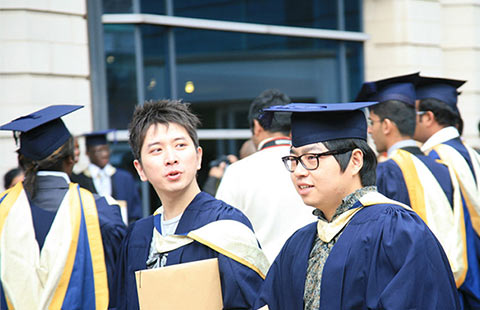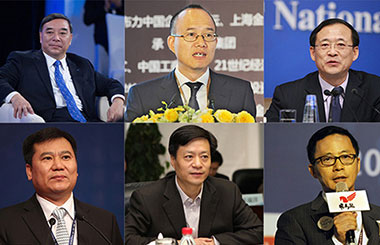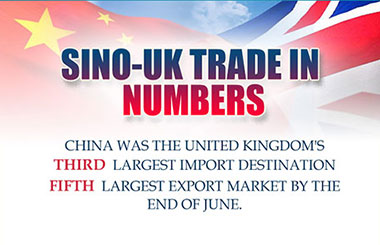Economic growth slows, but with better quality
By Lian Ping (chinadaily.com.cn) Updated: 2015-10-23 15:52Positive growth factors emerge
Consumption is playing an increasingly important role in economic growth. Retail sales of consumer goods picked up for the second month to grow 10.9 percent (10.8 percent after adjustment for inflation) in September. In addition, the consumption structure is changing, with the rapid growth of online and information consumption, supported by favorable measures including improving consumption environment and reducing consumer taxes and import tariffs.
New driving forces of consumption growth are emerging as more people are encouraged to make innovations and start their own businesses. With these changes, consumption is expected to contribute even more to GDP, say more than 60 percent, in the future, becoming the major engine to power the country's economy.
Services sector has been gaining momentum. The non-manufacturing PMI in September stood at 53.4 percent, consistent with the previous month, and the business activity expectation index reached 60 percent. As a key economic indicator, power consumption of the tertiary industry, especially in areas of education and culture, wholesale and retail and warehousing grew rapidly during Jan-Aug, with a year-on-year increase of 7.5 percent. Mild recovery of the property market also contributed the service sector's growth amid policy easing and interest cuts.
Despite the secondary industry is slowing down, its structure is optimizing amid de-capacity. High-end equipment manufacturing and high-tech industry are speeding up, such as electrical machinery and equipment, computers, communications and other electronic equipment.
More fiscal and monetary measures have been rolled out and put in place to stabilize the country's investment growth. For example, China encourages local government bonds issuance and its financial vehicles' transformation, establishes pilot investment companies to run state capital, further cuts taxes and unnecessary fees, and lowers threshold of investing fixed assets projects by adjusting the capital ratio system.
The People's Bank of China, the central bank, has cut interest rates for five times and the reserve requirement ratio for four times, since Q4 last year. In the future, the monetary policy will continue to ease slightly in response to actual needs of economic operation, so as to bring down the social financing costs and ensure ample market liquidity.
Therefore, it is expected the economy will maintain stable in the last quarter this year and is likely to meet the annual target of 7 percent, backed by growing consumption and expanding trade surplus despite weakening investment growth.
The author is chief economist of Bank of Communications. The views do not necessarily reflect those of China Daily.
- HSBC is considering relocating headquarters to US, Hong Kong
- Apple joins hands with Tsinghua to choose WWDC Chinese attendees
- Tax reduction on R&D to further expand
- Ericsson's strong Q3 results set pace for 5G
- China crude oil stockpile up 2.38%
- Yuan's internationalization a priority for China: Bloomberg
- Chinese company purchases Russian smartphone maker Yota Devices
- Belt and Road Initiative opens opportunities for Chinese gold miners














